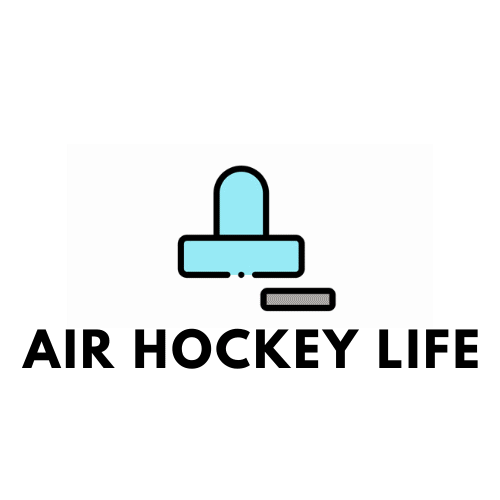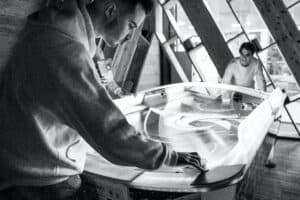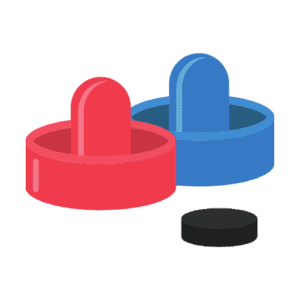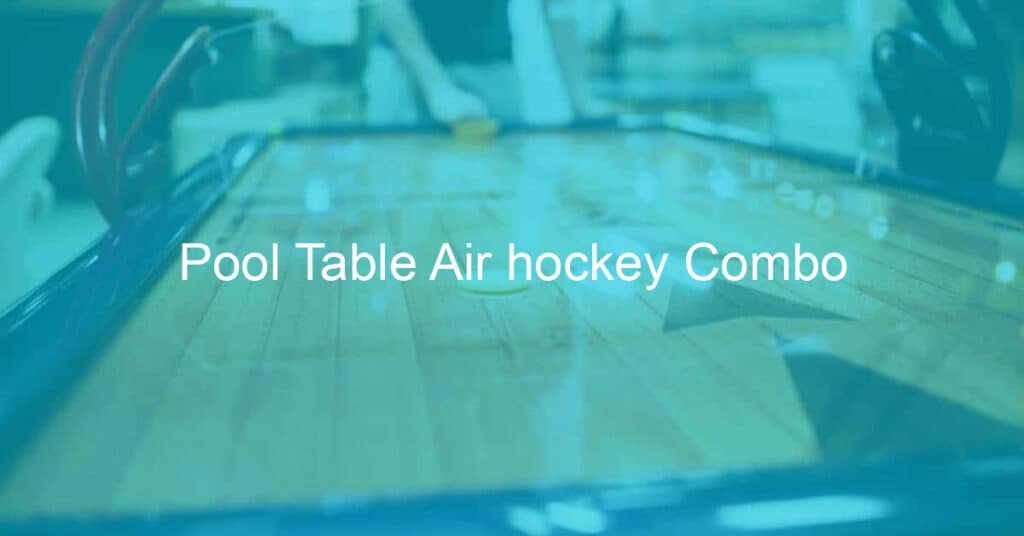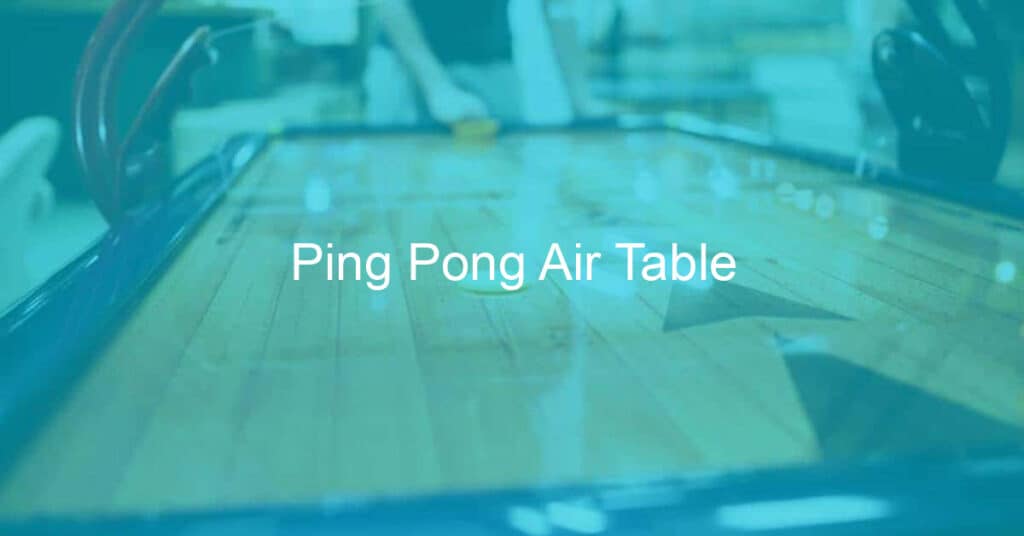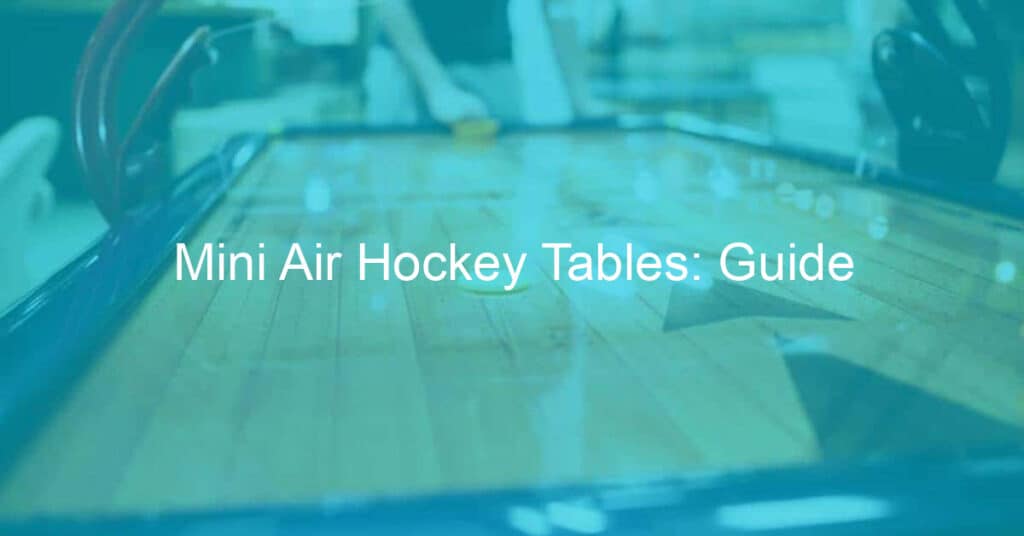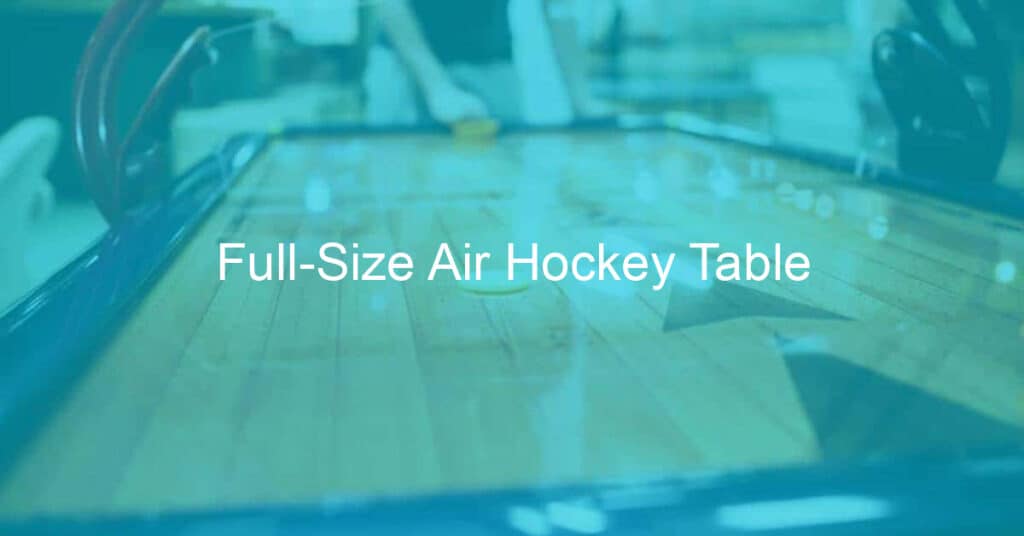Are you an air hockey player who’s looking to up your game? If so, then one of the most important skills you need to know is understanding how much force is required for a good hover shot. The power and accuracy of air hockey shots can make or break any game – it’s why many beginners find themselves outmatched by more experienced players.
Fortunately, calculating your force doesn’t require too much math – in this blog post, we’ll guide you through what you need to know and help show how even newbies can become pros!
How much force is required to hover?
The concept of hovering has always fascinated many of us, especially those who have witnessed it in action. But the question that often comes to mind is how much force is required to maintain that state?
The answer lies in the principles of physics. The force required to hover depends on several factors such as the size and weight of the object, the rate of airflow, and the gravitational force.
For example, a hummingbird weighing only a few grams requires less force to hover than a helicopter that weighs several tons. However, no matter the size, the force required to hover is always equal to the gravitational pull of the object. So, the next time you see something hovering, you can appreciate the science behind it.
What are the physics behind an air hockey table?
Air hockey is a fast-paced, exhilarating game that is enjoyed by people of all ages. But have you ever wondered about the physics behind an air hockey table?
The key to this game lies in the air cushion that is created between the playing surface and the puck. When the puck is hit, the air pressure pushes it above the surface, reducing the friction and allowing it to glide easily across the table.
The table’s smooth surface and the qualities of the puck also play a crucial role in controlling the game’s pace and direction. Understanding these physics principles can help players master the game and become unbeatable champions.
What is the normal force on the puck?
When thinking about the motion of a puck, it’s important to consider the forces acting upon it.
One of these forces is the normal force, which is the force exerted by a surface perpendicular to the puck’s movement. In the case of a puck sliding on a flat surface, the normal force would be equal in magnitude to the weight of the puck.
This means that the normal force would be the same regardless of the puck’s speed or direction of travel. Understanding the normal force and how it interacts with other forces is crucial for analyzing the motion of objects in physics.
How much force does it take to levitate?
Levitation has long been a mystical concept that has captured the imagination of people around the world.
Many have wondered just how much force it would take to defy gravity and rise off the ground. While levitation may seem like something that can only exist in the realm of science fiction, there are real-life examples of objects being levitated using powerful magnets.
The amount of force required to levitate varies depending on the weight and composition of the object being lifted, as well as the strength of the magnetic field used. So, while levitation may not be accessible to everyone just yet, it is exciting to think about the possibilities that await us in the future.
Why is my air hockey table not blowing enough air?
You’ve finally mustered up the energy for a game of air hockey, only to be let down by your table’s lack of blowing power. It can be frustrating trying to score a goal with a sluggish puck that refuses to glide smoothly. The culprit may be that your hockey table isn’t blowing enough air.
This could be due to a variety of reasons, including a clogged air filter or a faulty fan. Whatever the issue may be, don’t let it put a damper on your game for too long – with a little troubleshooting, your air hockey table will be back to its high-flying ways in no time.
What is pressure in air hockey?
Pressure in hockey is the intense feeling of urgency and expectation that players experience when the game is on the line. It’s the moment when every move counts and every mistake can cost the team a win. For players, coaches, and fans, it’s the most thrilling part of the game.
Pressure can come in many forms, such as a sudden power play, a tied score with only a few seconds on the clock, or the final game of the playoff series.
It requires a high level of focus, skill, and determination to excel under such circumstances. In short, pressure defines the heart-stopping moments that make hockey one of the most exciting sports in the world.
How does gravity apply in air hockey?
While most people think of gravity as things like falling objects or tides, this force plays a crucial role in the game of hockey as well. Every puck that is sent flying through the air is subject to both the pull of the earth’s gravity and the laws of physics, which determine its trajectory and speed.
This means that players must constantly take into account not just their movements, but also the effects of gravity on the puck as it hurtles across the ice, to make split-second decisions and execute precise maneuvers. From slap shots to wrist shots, gravity is always a factor in the fast-paced and thrilling world of hockey.
Conclusion
Now you have the tools and resources necessary to calculate the amount of force required to hover air hockey. With this knowledge, you can now find out how much power and force your system needs to propel a disk over an air hockey table’s smooth playing surface.
More importantly, knowing the force needed for hovering can help you in other applications where lift-producing forces are needed such as small drones or hovercrafts.
Don’t forget that gravity is also at play when calculating the net force needed for anything to stay airborne; consider factoring it in when calculating any type of lifting force. Finally, don’t forget to keep practicing your calculations and having fun with air hockey!
